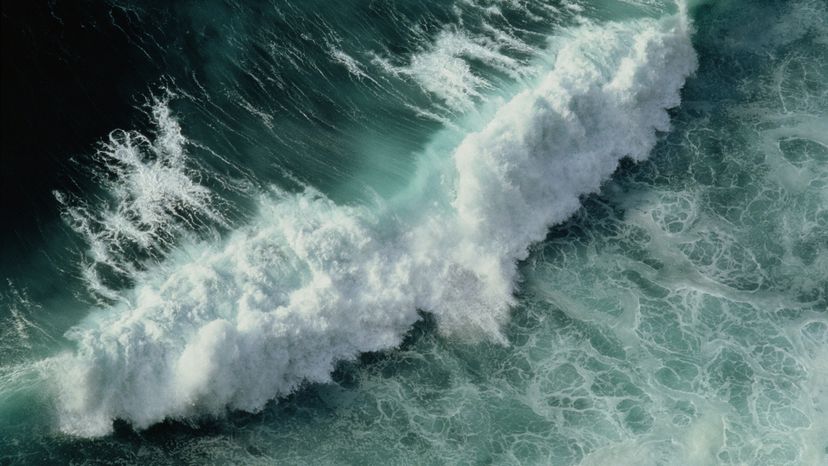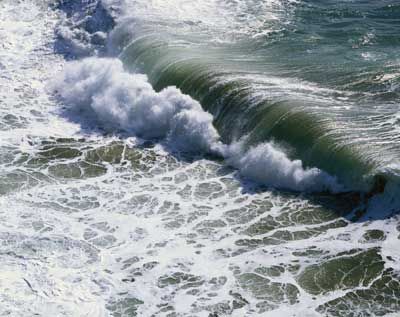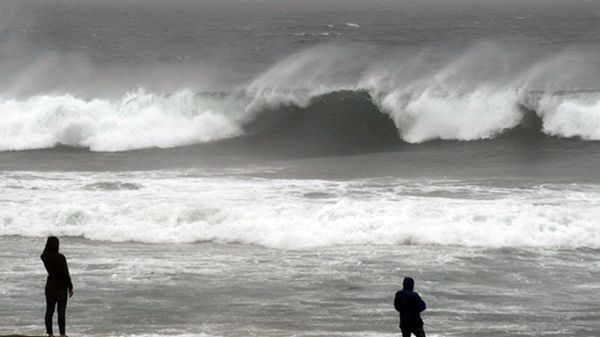The water cycle, also known as the hydrologic cycle, is a continuous and dynamic process that describes the movement of water on, above and below the Earth's surface. It plays a pivotal role in distributing and renewing Earth's water resources.
The cycle begins with evaporation, which is when the Sun's heat causes water from surface sources like oceans, rivers and lakes to transform into water vapor, rising into the atmosphere. This then condenses to form clouds. After that comes precipitation, where water droplets in clouds combine and fall as rain, snow, sleet or hail.
Some of this water returns to bodies of water through runoff, while another part of it ends up absorbed into the ground. Evaporation of the runoff begins the cycle anew.
The Effects of Climate Change
Climate change impacts the water cycle, altering its dynamics. Climate change causes shifts in sea levels and precipitation patterns, leading to more intense rainfall events in some regions and prolonged droughts in others.
Climate change can also influence water quality, affecting the concentration of pollutants and contaminants in bodies of water.
This article was updated in conjunction with AI technology, then fact-checked and edited by a HowStuffWorks editor.


